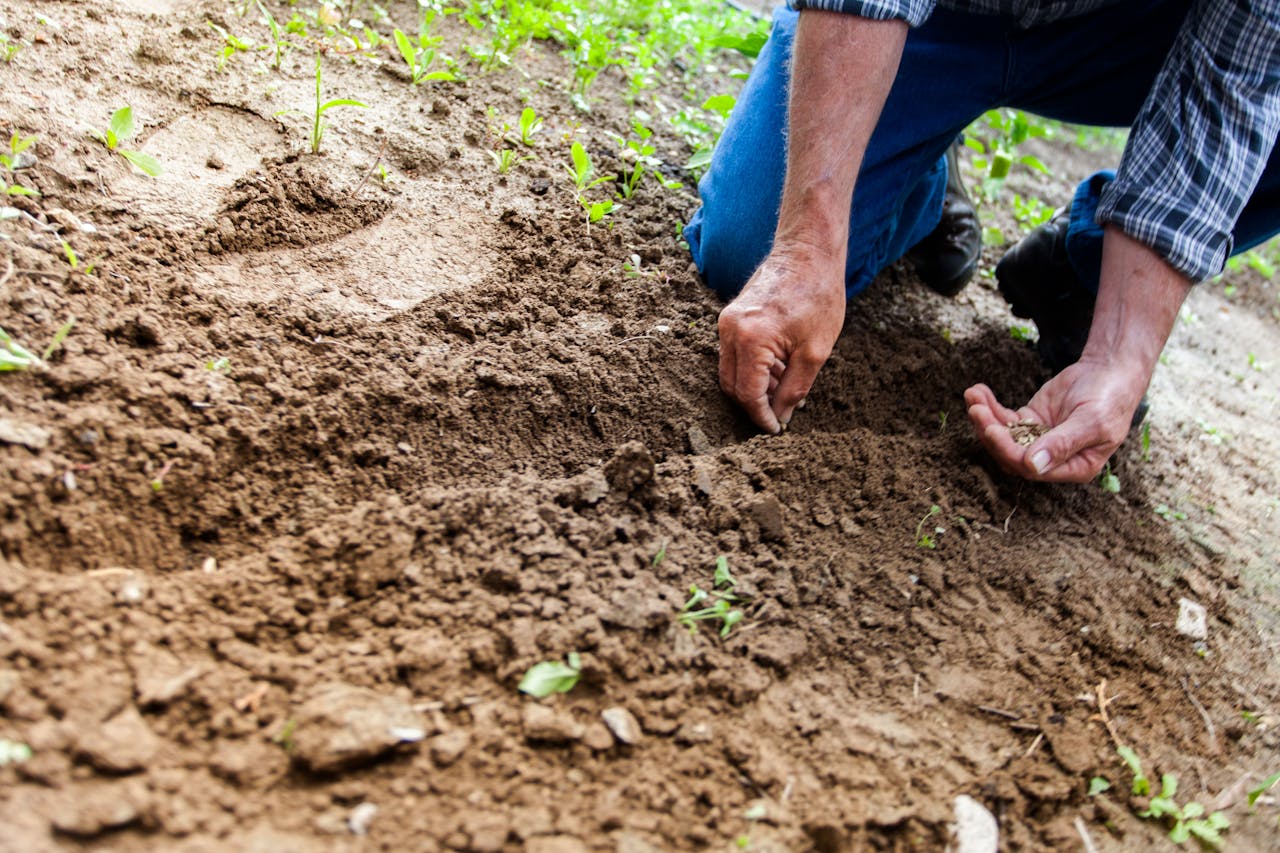Soil investigation, also known as geotechnical investigation, is a crucial process in construction and civil engineering. It involves assessing soil conditions to ensure the safety, stability, and longevity of structures built on or in the ground. This comprehensive guide delves into various aspects of soil investigation, highlighting top keywords and concepts such as soil testing, borehole drilling, soil sampling, geotechnical engineering, and more.
Importance of Soil Investigation
Soil investigation is essential for several reasons:
- Safety: Ensures the foundation can support the structure, preventing failures or collapses.
- Design Optimization: Provides data for designing foundations, retaining walls, and other structures.
- Cost Efficiency: Helps in avoiding overdesign or underdesign, saving materials and costs.
- Environmental Considerations: Assesses the impact of construction on the surrounding environment.
Key Steps in Soil Investigation
- Desk Study: This initial phase involves gathering existing information about the site, including geological maps, previous investigation reports, and historical land use.
- Site Reconnaissance: A physical inspection of the site to observe surface conditions, identify potential issues, and plan the field investigation.
- Field Investigation: The core of soil investigation, including soil sampling, borehole drilling, and in-situ testing.
- Laboratory Testing: Analyzing soil samples to determine properties such as grain size distribution, moisture content, and shear strength.
- Data Analysis and Reporting: Interpreting the collected data to provide recommendations for design and construction.
Soil Testing Methods
In-Situ Testing
- Standard Penetration Test (SPT): Measures the resistance of soil to penetration, providing information about soil density and strength.
- Cone Penetration Test (CPT): Involves pushing a cone into the soil and measuring resistance, giving continuous soil profile data.
- Vane Shear Test: Used for measuring the shear strength of soft clays.
- Pressuremeter Test: Assesses the deformability and strength of soil by measuring its response to pressure applied in a borehole.
Laboratory Testing
- Grain Size Analysis: Determines the distribution of different grain sizes in a soil sample, crucial for classifying soil types.
- Atterberg Limits: Measures the liquid and plastic limits of soil, indicating its plasticity characteristics.
- Compaction Test: Determines the optimum moisture content and maximum dry density of soil for construction purposes.
- Shear Strength Test: Evaluates the soil’s ability to resist shearing forces, essential for stability analysis.
- Consolidation Test: Assesses the rate and magnitude of soil settlement under load.
Borehole Drilling and Soil Sampling
Borehole Drilling
Boreholes are drilled to collect soil samples and perform in-situ tests. The depth and number of boreholes depend on the project requirements and site conditions. Common drilling methods include:
- Rotary Drilling: Uses a rotating drill bit to bore through soil and rock.
- Percussion Drilling: Involves repeatedly lifting and dropping a heavy drill bit to break and remove soil.
- Auger Drilling: Employs a helical screw to remove soil, suitable for shallow depths.
Soil Sampling
Soil samples are collected from boreholes for laboratory testing. Types of soil samples include:
- Disturbed Samples: Collected using tools that disturb the soil structure, suitable for tests that do not require intact samples.
- Undisturbed Samples: Extracted with minimal disturbance to preserve the soil’s natural state, essential for tests on soil strength and compressibility.
Geotechnical Engineering Applications
The data from soil investigations are used in various geotechnical engineering applications, including:
- Foundation Design: Determines the type and dimensions of foundations needed to support structures safely.
- Slope Stability Analysis: Evaluates the risk of landslides and designs measures to stabilize slopes.
- Retaining Wall Design: Assesses earth pressure and designs walls to retain soil.
- Ground Improvement Techniques: Identifies the need for soil stabilization methods such as compaction, grouting, or the use of geosynthetics.
Challenges and Best Practices
Challenges
- Site Accessibility: Difficult terrain can hinder equipment movement and sampling.
- Soil Variability: Heterogeneous soil conditions require extensive sampling and testing.
- Environmental Concerns: Investigations must minimize impact on the environment and comply with regulations.
Best Practices
- Comprehensive Planning: Detailed planning ensures efficient and effective investigations.
- Experienced Personnel: Skilled geotechnical engineers and technicians are crucial for accurate data collection and interpretation.
- Quality Control: Adherence to standards and protocols ensures the reliability of test results.
Conclusion
Soil investigation is a fundamental aspect of construction and civil engineering that ensures the safety, stability, and cost-effectiveness of projects. By understanding and applying various soil testing methods, borehole drilling techniques, and geotechnical engineering principles, engineers can design structures that are well-founded and resilient. As technology and methods continue to evolve, soil investigation will remain a cornerstone of successful construction projects.


Leave a Reply